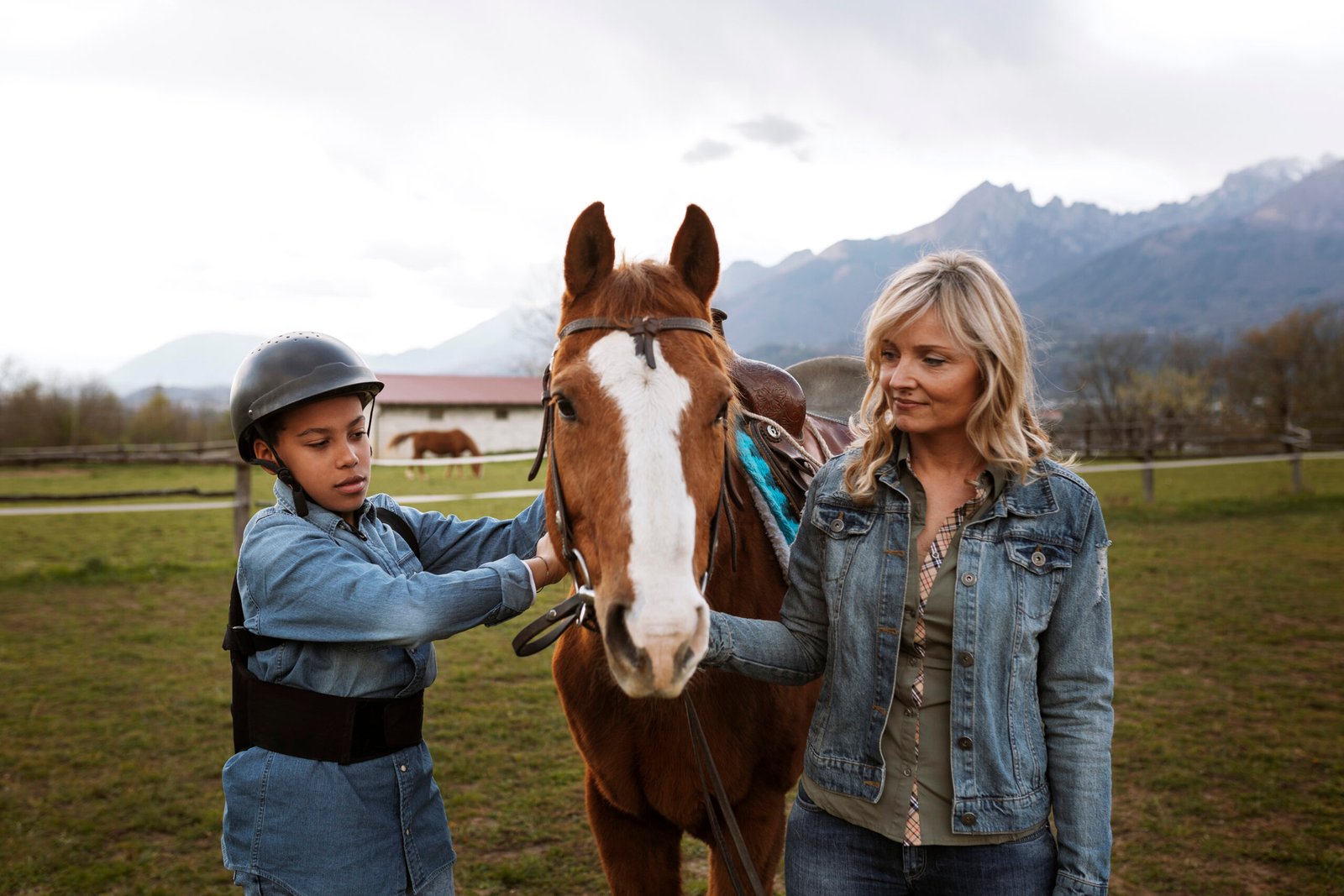There’s something truly magical about the bond between humans and animals—especially when that bond becomes a bridge to emotional, psychological, and even physical healing. Whether it’s a gentle horse helping a child with autism build confidence, or a loyal dog providing comfort to someone living with anxiety, animals have a unique, almost intuitive way of showing up for us when we need it most.
Let’s explore how animals, particularly pets and therapy animals, are not just companions—but powerful allies in the well-being of people with special needs.
The Unspoken Language: Why Animals Connect So Deeply With Humans
Animals communicate through energy, presence, and intention. They don’t judge, and they don’t need words to express affection or empathy. For individuals who struggle with verbal communication or social anxiety, this unspoken language creates a safe space where trust can blossom naturally.
Children with autism, for example, often find it easier to connect with animals than with people. A therapy dog’s calm demeanor and consistent presence can help reduce stress, regulate emotions, and increase social engagement—without pressure.
Equine Therapy: Horses That Heal
Equine-assisted therapy has been a powerful tool in the treatment of various conditions, including PTSD, cerebral palsy, and autism spectrum disorders. The size and sensitivity of horses demand awareness and calmness from those around them, fostering emotional regulation in participants.
Children and adults working with horses learn responsibility, empathy, patience, and trust—skills that transfer into other areas of their lives. The gentle rhythm of riding also stimulates sensory input, helping with motor coordination and balance.
In a world filled with distractions and overstimulation, time spent in a stable with a horse can feel like a peaceful reset for the nervous system.
Dogs: Loyal Allies in Mental Health Support
Service dogs and emotional support animals (ESAs) are trained to offer practical assistance, but their emotional impact goes far beyond their skillset. A dog can sense a panic attack before it happens, offer deep pressure therapy by laying across someone’s lap, or simply provide unconditional companionship during lonely moments.
In children with ADHD or developmental delays, dogs often help by modeling calm behavior, establishing routine, and encouraging exercise. For adults with depression or anxiety, the presence of a pet can provide a consistent sense of purpose and connection.
The Science Behind the Bond
Studies have shown that interacting with animals increases levels of oxytocin—the “bonding hormone”—while reducing cortisol, the stress hormone. Even short periods of petting a dog or cat can lower blood pressure and improve mood.
Therapy animals are increasingly being integrated into hospitals, schools, rehabilitation centers, and even courtrooms, because their presence visibly reduces tension and promotes emotional openness.
Beyond Dogs and Horses: Other Healing Animals
While dogs and horses are the most common therapy animals, other pets can also play therapeutic roles. Cats, rabbits, birds, and even guinea pigs have been shown to comfort individuals in various contexts.
For people with sensory sensitivities or limited mobility, smaller pets can offer companionship without overwhelming them. Birds, for example, offer melodic sounds that can be calming, while rabbits provide soft textures that support sensory exploration.
The Role of Routine and Responsibility
Caring for a pet brings structure to the day. Feeding, walking, grooming—these routines ground individuals, helping them develop responsibility, time management, and purpose.
Especially for those navigating mental health challenges or developmental disabilities, these daily acts of care are small but powerful victories.
Creating Inclusive Healing Spaces
Therapy animal programs continue to grow across the globe, with many schools and communities recognizing their impact. But inclusion is key: not every individual can access or afford traditional therapy, and pets can sometimes offer healing in more organic, everyday ways.
Encouraging animal-assisted activities in schools, introducing pet days in therapy centers, and supporting animal shelters that provide therapy training are just a few ways we can promote healing for all.
When Love Has Four Legs
At their core, animals remind us to slow down, be present, and love without conditions. For people with special needs, they offer more than affection—they offer stability, nonverbal understanding, and a form of care that transcends words.
Whether it’s a tail wag, a steady hoofbeat, or the soft purr of a cat on your lap, animals have a way of saying: “You’re safe. You’re loved. And you’re not alone.”
